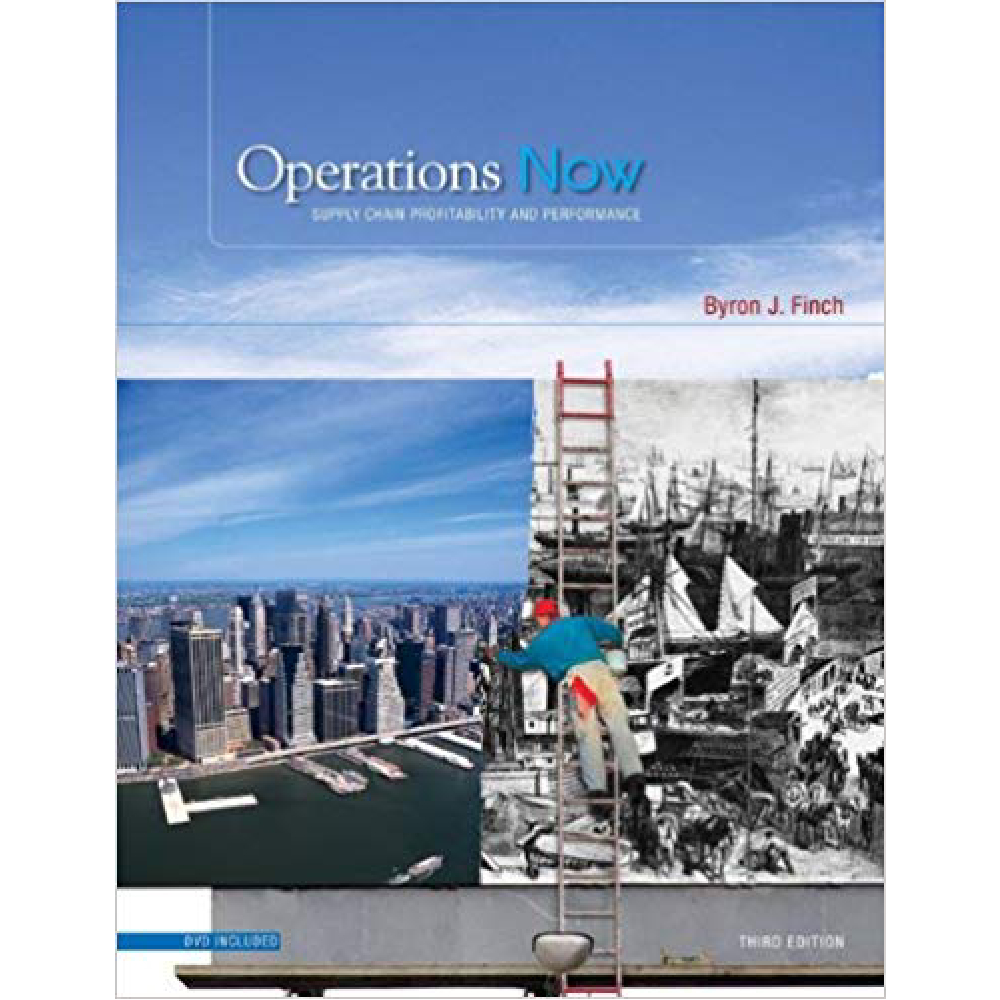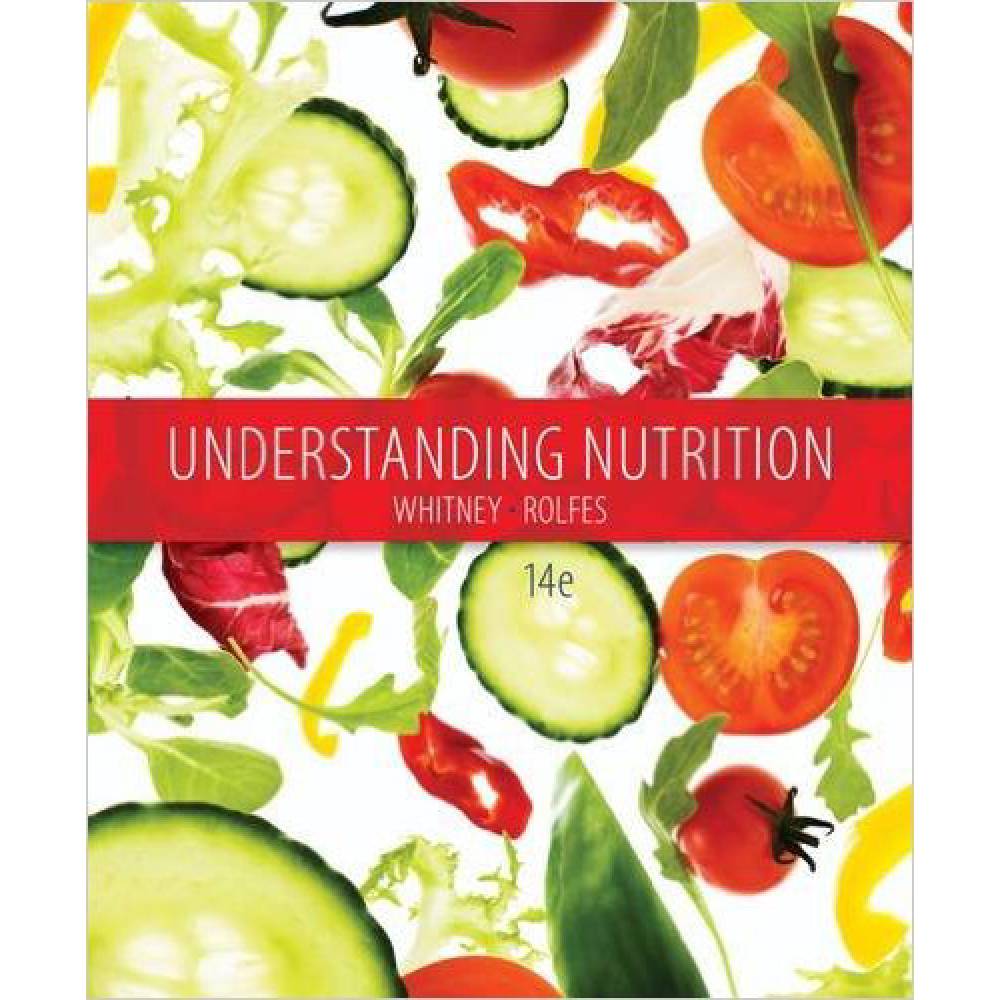Understanding Nutrition 14th Edition By Eleanor – Sharon – Test Bank
$55.00
Understanding Nutrition 14th Edition By Eleanor – Sharon – Test Bank
You will receive this product within 24 hours after placing the order
Overview
Chapter 1
The Fat-Soluble Vitamins: A, D, E, and K
Multiple Choice Questions
1. What is the major carrier of the fat-soluble vitamins from the intestinal epithelial cell to the circulation?
a. Albumin
b. Cholesterol
c. Chylomicrons
d. Liposoluble binding proteins
e. Osteocalcin.
ANS: C DIF: Bloom’s: Remember
REF: 11.1 Vitamin A and Beta-Carotene
OBJ: UNUT.WHRO.16.11.1 Identify the main roles, deficiency symptoms, and food sources for vitamin A.
2. Which of the following is a property of the fat-soluble vitamins?
a. Most of them are synthesized by intestinal bacteria
b. Intestinal transport occurs by way of the portal circulation
c. Deficiency symptoms may take years to develop on a poor diet
d. Toxicity risk is higher for vitamins E and K than for other fat-soluble vitamins
e. Deficiencies are more common in industrialized nations than in developing nations.
ANS: C DIF: Bloom’s: Remember
REF: 11.1 Vitamin A and Beta-Carotene
OBJ: UNUT.WHRO.16.11.1 Identify the main roles, deficiency symptoms, and food sources for vitamin A.
3. If the diet contains precursor vitamin A, which of the following tissues can use it to form vitamin A?
a. Eyes
b. Kidneys
c. Adipose cells
d. Intestinal cells
e. Liver
ANS: D DIF: Bloom’s: Understand
REF: 11.1 Vitamin A and Beta-Carotene
OBJ: UNUT.WHRO.16.11.1 Identify the main roles, deficiency symptoms, and food sources for vitamin A.
4. Which of the following food substances can be converted to vitamin A in the body?
a. Tryptophan
b. Chlorophyll
c. Xanthophyll
d. Beta-carotene
e. Phylloquinone
ANS: D DIF: Bloom’s: Remember
REF: 11.1 Vitamin A and Beta-Carotene
OBJ: UNUT.WHRO.16.11.1 Identify the main roles, deficiency symptoms, and food sources for vitamin A.
5. How many different forms of vitamin A are active in the body?
a. one
b. two
c. three
d. five
e. seven
ANS: C DIF: Bloom’s: Remember
REF: 11.1 Vitamin A and Beta-Carotene
OBJ: UNUT.WHRO.16.11.1 Identify the main roles, deficiency symptoms, and food sources for vitamin A.
6. Which of the following is responsible for transporting vitamin A from the liver to other tissues?
a. Albumin
b. Rhodopsin
c. Retinol-binding protein
d. Transcarotenoid protein
e. Ergocalciferol
ANS: C DIF: Bloom’s: Remember
REF: 11.1 Vitamin A and Beta-Carotene
OBJ: UNUT.WHRO.16.11.1 Identify the main roles, deficiency symptoms, and food sources for vitamin A.
7. With what vitamin is opsin usually associated in the body?
a. A
b. B1
c. C
d. D
e. K
ANS: A DIF: Bloom’s: Remember
REF: 11.1 Vitamin A and Beta-Carotene
OBJ: UNUT.WHRO.16.11.1 Identify the main roles, deficiency symptoms, and food sources for vitamin A.
8. Which of the following describes an association between vitamin A and vision?
a. Retinoic acid is the form required for synthesis of retinoblasts.
b. Light causes retinal to shift from a cis to a trans configuration.
c. Retinol is the form bound to beta-carotene in the corneal membrane.
d. Pigment molecules in the retina are composed of a molecule of vitamin A bound to an omega-3 fatty acid.
e. Retinol protects the visual cortex from teratogenic chemicals.
ANS: B DIF: Bloom’s: Remember
REF: 11.1 Vitamin A and Beta-Carotene
OBJ: UNUT.WHRO.16.11.1 Identify the main roles, deficiency symptoms, and food sources for vitamin A.
9. Which of the following is the name of the vitamin A compound that is active in the visual response?
a. Opsin
b. Keratin
c. Retinal
d. Carotene
e. Optinal
ANS: C DIF: Bloom’s: Remember
REF: 11.1 Vitamin A and Beta-Carotene
OBJ: UNUT.WHRO.16.11.1 Identify the main roles, deficiency symptoms, and food sources for vitamin A.
10. Which of the following describes an event in the visual response process?
a. Light energy strikes the retina and excites pigments to release retinal.
b. Light energy strikes the cornea and excites pigments to release retinoic acid.
c. Visual pigments deep in the brain are excited by light transmitted through the retina.
d. Epithelial cells on the surface of the eye respond to light energy by transmitting opsin molecules along nerve pathways to the brain.
e. Retinal in the visual cortex responds to electrical signals from the retina.
ANS: A DIF: Bloom’s: Remember
REF: 11.1 Vitamin A and Beta-Carotene
OBJ: UNUT.WHRO.16.11.1 Identify the main roles, deficiency symptoms, and food sources for vitamin A.












Reviews
There are no reviews yet.